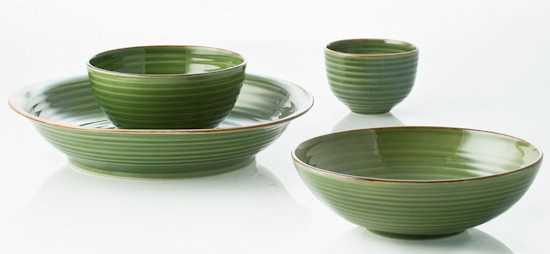Southeast Asian Cuisine: A Journey to Exotic Ingredients and Cooking Techniques
Southeast Asian cuisine has gained worldwide popularity for its unique flavors and ingredients that have been shaped by a diverse range of cultural influences. Countries such as Thailand, Vietnam, Indonesia, Malaysia, and the Philippines boast a rich and diverse culinary landscape that offers an array of flavors, aromas and textures.
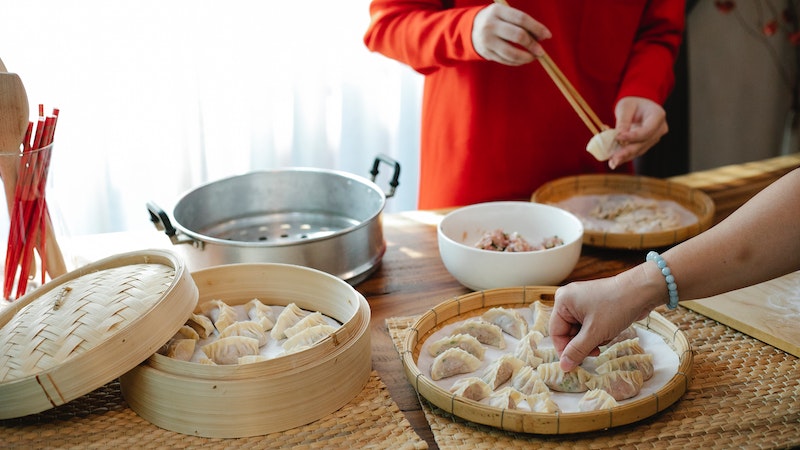
Its cuisine is known for its use of exotic ingredients such as lemongrass, galangal, coconut milk, and fish sauce, as well as cooking techniques such as stir-frying, grilling, and steaming. In this article, we will take a journey through Southeast Asian cuisine, exploring the ingredients, cooking techniques, and cultural influences that make it one of the most exciting and diverse culinary regions in the world.
Commonly Used Ingredients in Southeast Asian Cuisine
Vibrant flavors and unique ingredients, which give its dishes a distinct taste and aroma, are the dominant note in Southeast Asian gastronomy. Here are some of the most widely used ingredients:
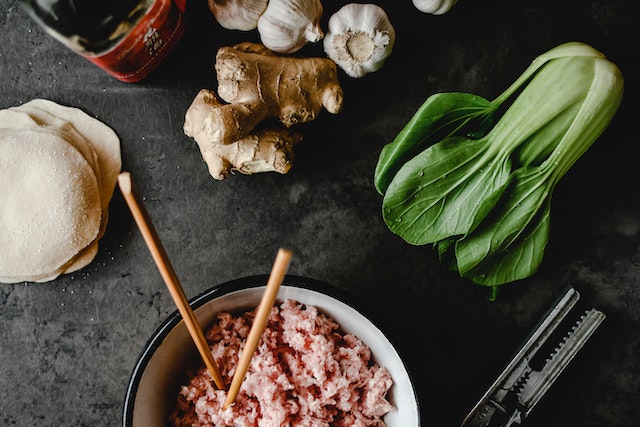
Lemongrass
This is a tall, perennial grass with a lemony flavor and a subtle citrusy aroma that can enhance the taste of savory dishes, soups, and curries. Lemongrass is often chopped or pounded and added to marinades, stir-fries, and noodle dishes to add a refreshing and tangy flavor. One of the most popular dishes that use lemongrass is the Thai Tom Yum, a spicy and sour soup made with shrimp, mushrooms, and lemongrass.
Galangal
Similar in appearance to ginger, this root has a distinct, peppery flavor. It is quite common in everyday preparations, especially in Thai and Indonesian dishes. Galangal can be used fresh or dried and adds a warm, earthy flavor to curries, soups, and stir-fries. One of the most popular dishes that use galangal is the Indonesian Rendang, a rich and spicy beef curry.
Shrimp Paste
This is a pungent condiment that is made from fermented shrimp. It is commonly used in Malaysian, Indonesian, and Thai dishes. Shrimp paste has a strong, salty flavor that gives some depth to meals such as curries, stir-fries, and sambals (spicy condiments). One of the most popular dishes using shrimp paste is Sambal Udang, a Malaysian spicy prawn dish made with chili, shrimp paste and tamarind.
Tamarind
This is a tropical fruit widely used in Thai and Vietnamese cuisine. It has a sour, tangy flavor that can add a refreshing and tart taste to dishes. Tamarind is often used in soups, curries, and stir-fries to balance out the flavors and add acidity. One of the most popular dishes that use tamarind is Pad Thai, a stir-fried noodle dish made with tamarind, fish sauce, and peanuts.
Even a simple dish made with white rice, like carolinarice.com/products/white-rice/, can be greatly enhanced by using one of those ingredients described above.
Cooking Techniques of Southeast Asian Cuisine
To achieve such an outstanding result, local chefs in any of those countries employ a variety of cooking techniques that highlight the ingredients’ natural flavors and create a harmonious balance of flavors.
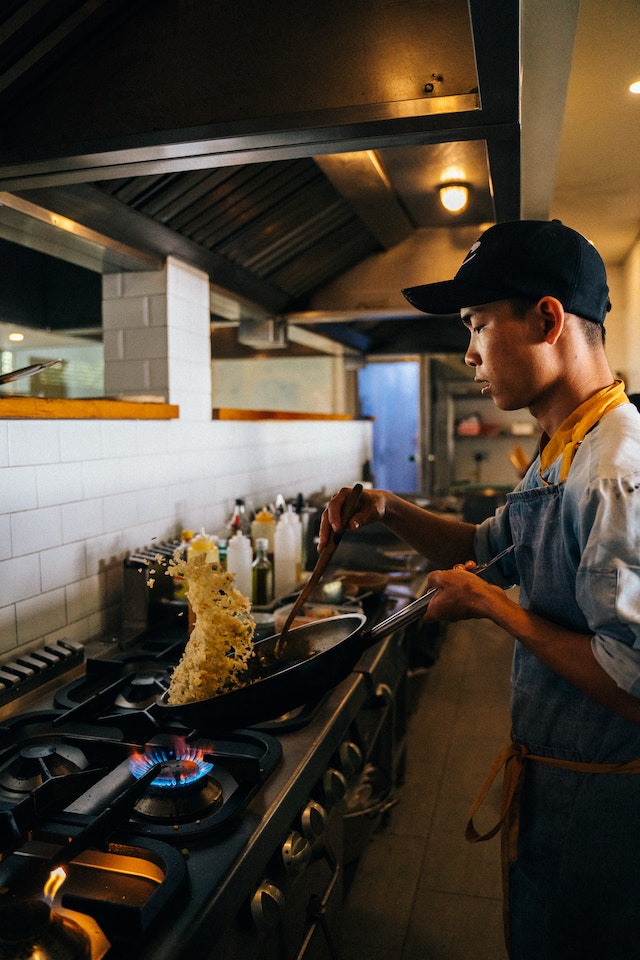
Stir frying
One of the most commonly used techniques in Southeast Asian cuisine is stir-frying. It involves cooking ingredients in a hot wok with a small amount of oil over high heat. This method allows for quick cooking and preserves the food’s natural flavors and textures. Stir-frying is commonly used for dishes such as Pad Thai, a Thai noodle dish with shrimp, tofu, bean sprouts, and peanuts, and Char Kway Teow, a Malaysian and Singaporean stir-fried noodle dish with soy sauce, chili, and prawns.
The Art of Steaming
Steaming is a healthy way to cook, as it requires no oil and preserves the food’s nutrients. This method is commonly used for delicate seafood and vegetables such as dim sum, a type of Cantonese dumpling, and Hainanese chicken rice, a Singaporean dish made of chicken and rice cooked in chicken broth.
And the Tradition of Grilling
A common technique in Southeast Asian cuisine, grilling over charcoal adds a smoky flavor to meats and seafood. Satay, a popular Indonesian and Malaysian dish of marinated meat skewers, is grilled to perfection and served with peanut sauce. Another dish that showcases grilling is Thai grilled pork, known as Moo Yang, which is marinated in soy sauce, garlic, and coriander before being grilled over hot coals.
Regional Variations in Southeast Asian Cuisine
Southeast Asian cuisine is a reflection of the region’s diverse cultural influences, with each country boasting its unique culinary traditions. The region’s tropical climate and fertile soil have led to a bountiful supply of fresh ingredients, including herbs, spices, vegetables, and fruits. Let’s explore some of the most renowned regional variations.
Thai Gastronomy
It is known for its bold flavors and use of aromatic herbs and spices. It frequently uses ingredients such as lemongrass, galangal, kaffir lime leaves, and Thai basil. Coconut milk is also a staple ingredient in Thai cuisine, adding a rich and creamy texture to dishes such as green curry and tom kha gai.
And in Vietnam
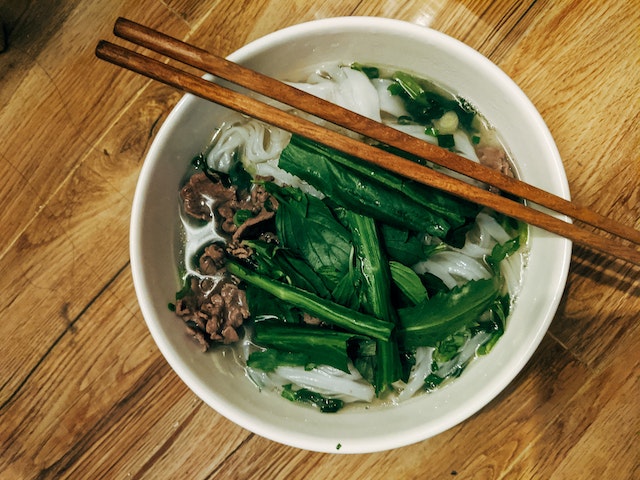
Vietnamese cuisine is all about balance, with the five fundamental tastes of sweet, sour, bitter, salty, and umami present in most dishes. The cuisine is known for its fresh and light flavors, with herbs such as mint, cilantro, and basil playing a prominent role in many dishes. Pho is one of the most well-known Vietnamese dishes, consisting of a beef broth, rice noodles, and various toppings such as bean sprouts, herbs, and chili peppers. Other popular dishes include banh mi, spring rolls, and bun cha.
A Glimpse of Malaysia
Malaysian cuisine is a fusion of Malay, Chinese, and Indian influences, resulting in a rich and diverse culinary tradition. Spices such as cumin, coriander, and turmeric are frequently used, and coconut milk is a common ingredient. Nasi lemak, a dish consisting of rice cooked in coconut milk, served with sambal, fried anchovies, and boiled eggs, is considered Malaysia’s national dish. Other popular dishes include laksa, rendang, and satay.
Indonesian Cuisine
Indonesian cuisine is characterized by its use of strong flavors and diverse range of ingredients. The cuisine is heavily influenced by Indian, Chinese, Portuguese and Dutch cuisine. Spices such as cloves, nutmeg, and cinnamon are commonly used, and coconut milk is a staple ingredient in many dishes. Nasi goreng, a dish consisting of fried rice, vegetables, and meat or seafood, is a popular Indonesian dish. Other popular dishes include rendang, gado-gado, and sate.
The Thousand Islands of Philippines
Filipino cuisine is known for its bold and sour flavors, with vinegar a common ingredient in many dishes. Adobo, a dish consisting of meat or seafood marinated in vinegar, soy sauce, and garlic, is considered the national dish of the Philippines. Other popular dishes include sinigang, a sour soup made with tamarind, and lechon, a roasted pig served during special occasions.
Final Thoughts
Gastronomy of those Southeastern countries of Asia is a clear reflection of the region’s diverse cultural influences, with each country boasting its unique culinary traditions. Bold flavors, the use of coconut milk, balancing strong, sour and fresh flavors are the characteristics of the cuisine in each country. What we usually call exotic ingredients are quite popular on the other side of the planet, and definitely worth trying.
So why not take a bold step and make any of those rare delicacies at home?


